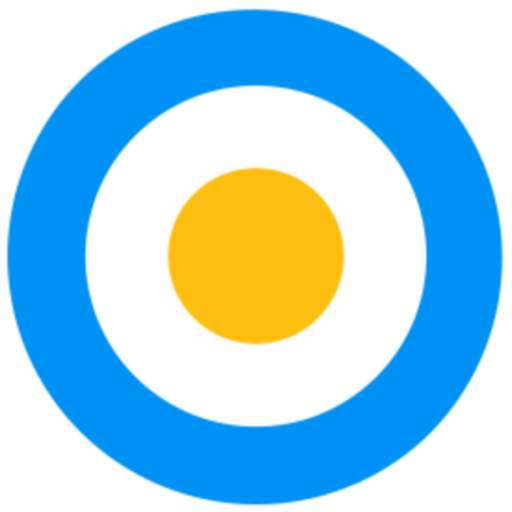Digital-first refers to journalists, publishers and content creators thinking and creating content specifically for digital media channels
Digital journalism is a form of journalism where content is distributed or published via the Internet and digital platforms, as opposed to publishing via print or broadcast.
“To be a digital-first journalist, you should be thinking, producing and publishing content with the digital audience in mind. This means speed, accuracy and digital creativity in the content you produce define your work line. As a digital-first journalist, you become the agenda-setter because whatever content you put out there and how you present it would affect the direction of conversation and engagement by the audience and other media types,” says Ismail Akwei, broadcast and digital journalist.
Kairu Karega, a digital-first journalist and storyteller says that a prerequisite for a digital-first journalist is to think about the audience as being digital. He explains that traditionally, the content was created specifically for television, for example, when shooting or reporting on a story, journalists would first think about how it will look on television and the other platforms were not of importance
“If you don’t get on this wave, the digital-first wave, people are going to lose jobs because that’s how fast the industry has changed. I needed to change how I think and how I operate as a journalist to survive in this industry and I have to create digital-first content, basically content that can be optimised for all the different digital platforms such as Instagram, TikTok and YouTube, and also as a digital journalist I have to think about how to incorporate different multimedia formats in my line of work,” says Karega.
Wambui Mwaura, a digital journalist says that digital-first journalism “includes creating content for the online community, which includes social media. It comprises disseminating information in a way that can be absorbed more quickly. A digital-first journalist has the chance to have their work featured simultaneously across several platforms and media thanks to the internet”. Adding that “this is unquestionably advantageous since it gives you access to a much wider audience, but it also necessitates increased caution because mistakes spread quickly online”.

Is it important for journalists to be active on social media?
“Social networks have become important channels for journalists to get news and content to their audiences. The use of social media by journalists is crucial. One, you must be knowledgeable about the news; you must always be aware of what is going on. Currently, the easiest way to do this is to be active on social media and follow reputable users or pages. People often break news first on social media in this era of citizen journalism. Your chances of finding breaking news increases as you become more engaged there. Being active on social media also gives you credibility with the audience when it comes to getting the latest news as it happens,” says Mwaura.
It is important for journalists to be active on social media because their audiences are there too and we can’t deny them a piece of the information. Feedback should be important to journalists because it gives a different perspective to the information we put out there and we can directly measure impact. If you get it wrong, you will have a sense of it the minute you put out that information. You could also be blessed with sources who could give more information and perspective to the story you publish.
How can journalists grow their following online? Akwei says that journalists need to be consistent with their posts, stick to their niche and engage with their followers, whilst Mwaura advises journalists to post or publish content that is uplifting, current, and factual.
Karega says that journalists should have social media accounts as it can be easier for people to create fake accounts or impersonate journalists online. Karega, who is approaching 10,000 followers on LinkedIn says in order for journalists to grow their following on digital platforms they need to understand the platform and its complexities, for example, knowing when the best time to post is. He encourages journalists to experiment with the platforms to see what type of engagement they receive from the audience. Karega stresses the importance of consistency, and creating quality content and says journalists should not be discouraged by the numbers or the views. Karega adds that journalists need to take time in learning and understand the platform and over time they will see the results.
Despite the benefits of social media for journalists, there are some downsides. Akwei says that threats and trolls can have a negative impact on a journalist, and “social media can also put you in unhealthy competition and also influence your objectivity when you get addicted to likes and comments.”
Mwaura says that “even if social media can help you reach a large audience, it also has several drawbacks, one of which is that it has too much of everything that is negative. If you don’t make a conscious effort to balance your time on social media, you’ll find yourself scrolling endlessly for hours on end. The second is that the social media world is quite merciless, and you are put to magnifying lenses as a journalist and mistakes are greatly rejected, so you continually have to ensure that your news is factual and up-to-date, nearly leaving no space for errors.
Tools that make life easier as a digital-first journalist
“I always carry around my smartphone which captures the best content at uncertain times. My backpack has a lapel microphone for my smartphone, a selfie stick that can be converted into a mini tripod, a smartphone light, two portable power banks, and mobile WiFi for an internet connection. With these, I create digital content on the go and gather data even during my leisure time,” says Akwei. Mwaura says that Google tools such as Advanced Search, trends, alerts, and Tin Eye for reverse search images, as well as analytical tools help with understanding how audiences are interacting with content.
Karega says that digital-first journalists need to be active on digital platforms and consume the content that is on the platform to better understand it which will help journalists create the best content for their audiences.




